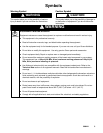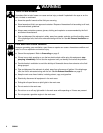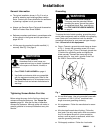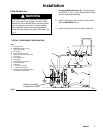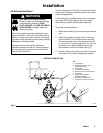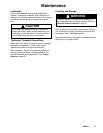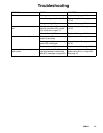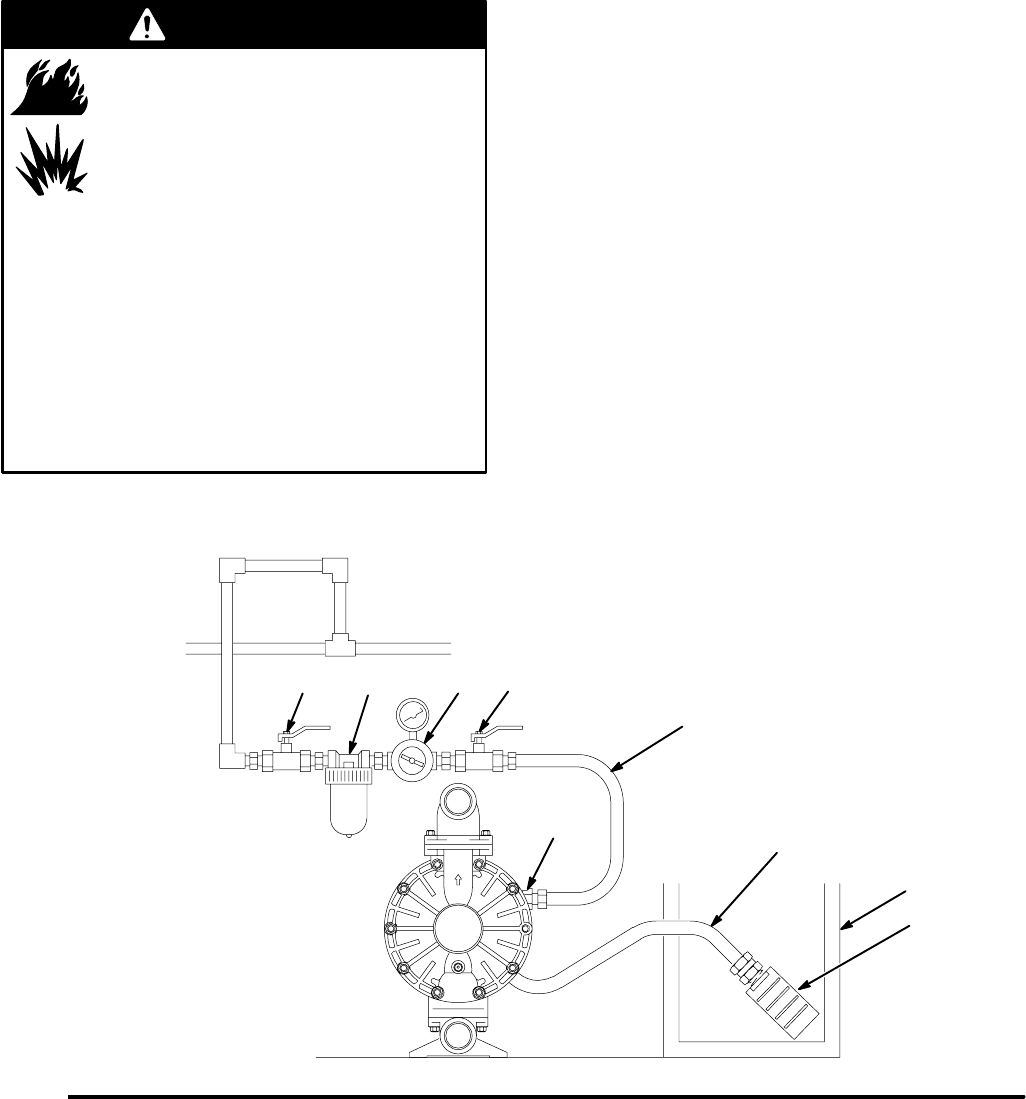
308441 9
Installation
Air Exhaust Ventilation
FIRE AND EXPLOSION HAZARD
Be sure to read and follow the warnings
and precautions regarding TOXIC
FLUID HAZARD, and FIRE OR EXPLO-
SION HAZARD on page 4, before op-
erating this pump.
Be sure the system is properly ventilated for your
type of installation. You must vent the exhaust to a
safe place, away from people, animals, food handl-
ing areas, and all sources of ignition when pumping
flammable or hazardous fluids.
Diaphragm failure will cause the fluid being
pumped to exhaust with the air. Place an appropri-
ate container at the end of the air exhaust line to
catch the fluid. See Fig. 5.
WARNING
The air exhaust port is 3/4 npt(f). Do not restrict the air
exhaust port. Excessive exhaust restriction can cause
erratic pump operation.
If the muffler (P) is installed directly to the air exhaust
port, apply PTFE thread tape or anti–seize thread
lubricant to the muffler threads before assembly.
To provide a remote exhaust:
1. Remove the muffler (P) from the pump air exhaust
port.
2. Install a grounded air exhaust hose (T) and con-
nect the muffler (P) to the other end of the hose.
The minimum size for the air exhaust hose is 3/4
in. (19 mm) ID. If a hose longer than 15 ft (4.57 m)
is required, use a larger diameter hose. Avoid
sharp bends or kinks in the hose. See Fig. 5.
3. Place a container (U) at the end of the air exhaust
line to catch fluid in case a diaphragm ruptures.
03267A
Fig. 5
KEY
A Air supply line
B Bleed-type master air valve
(required for pump)
C Air regulator
D Air line quick disconnect
E Master air valve (for accessories)
F Air line filter
P Muffler (not included on
Model No. 253485)
T Grounded air exhaust hose
U Container for remote air exhaust
FBEC
A
D
VENTING EXHAUST AIR
P
T
U





